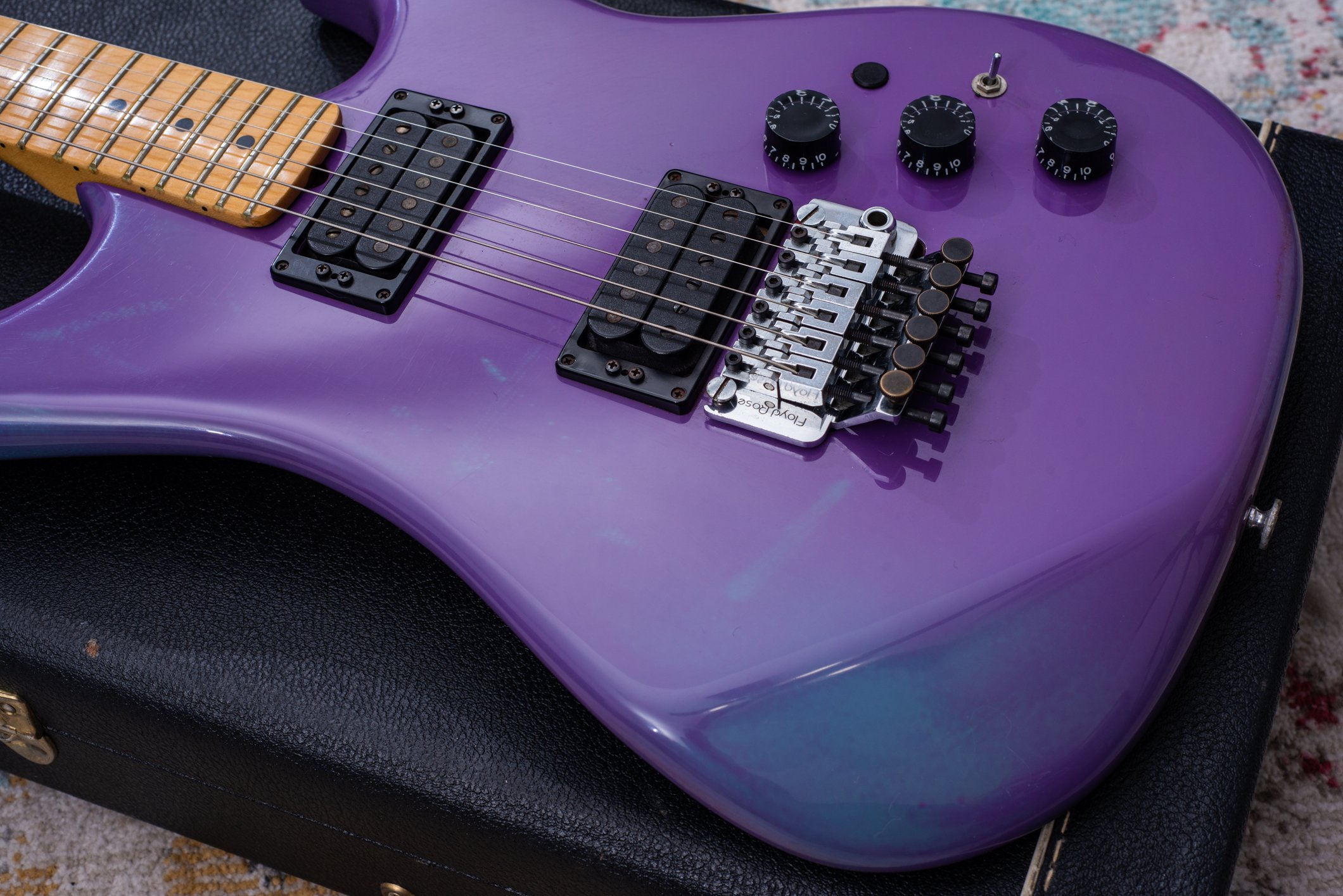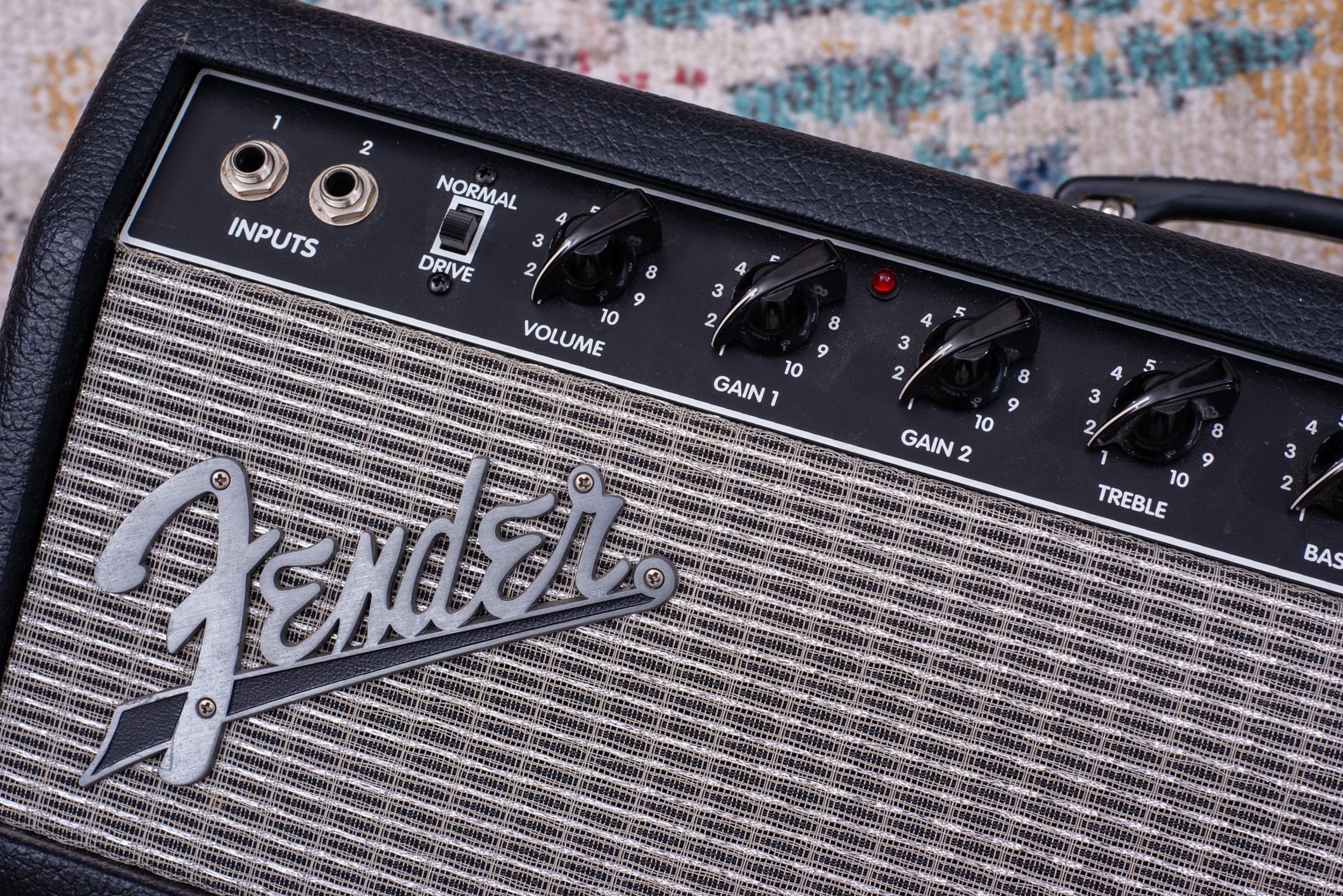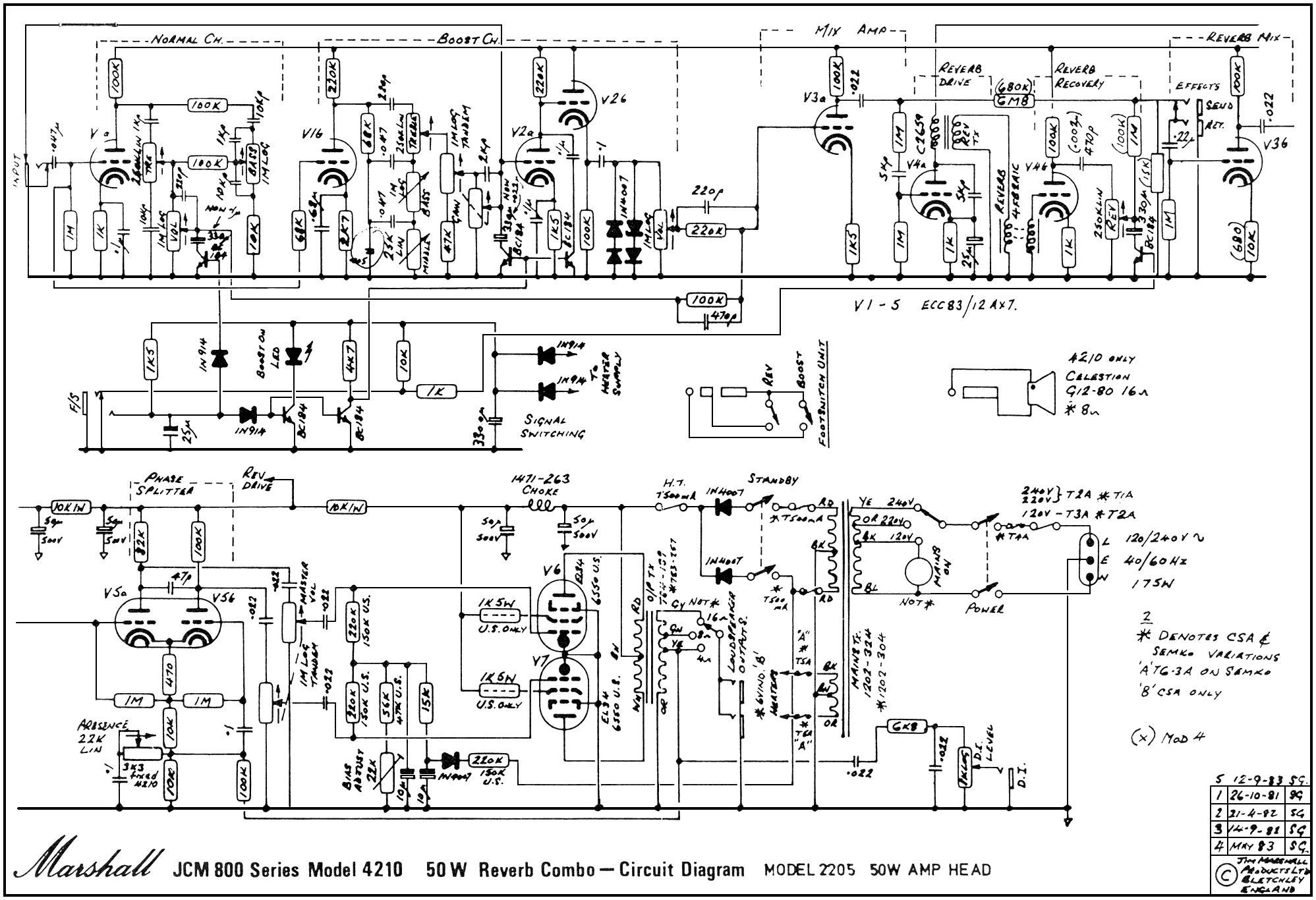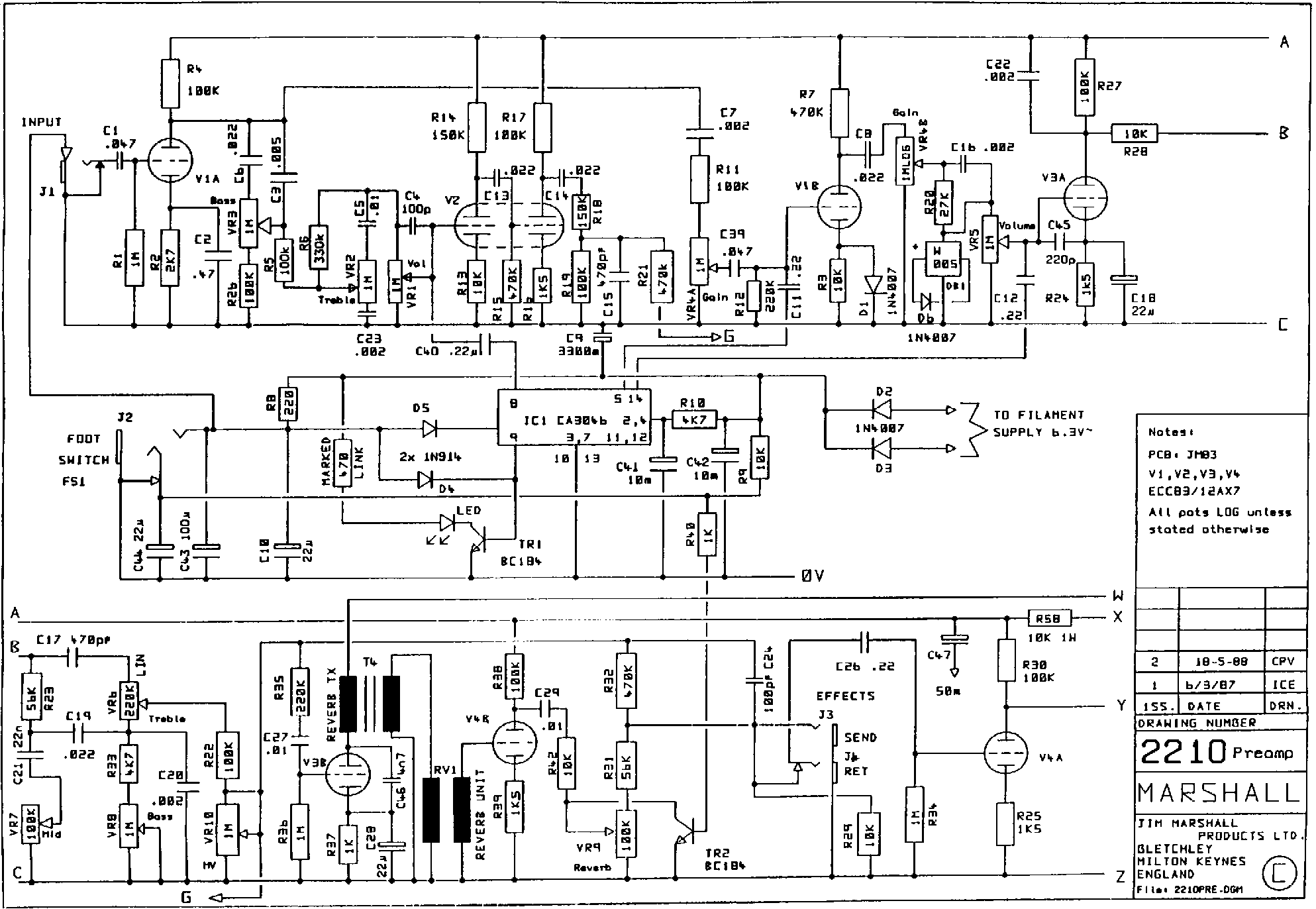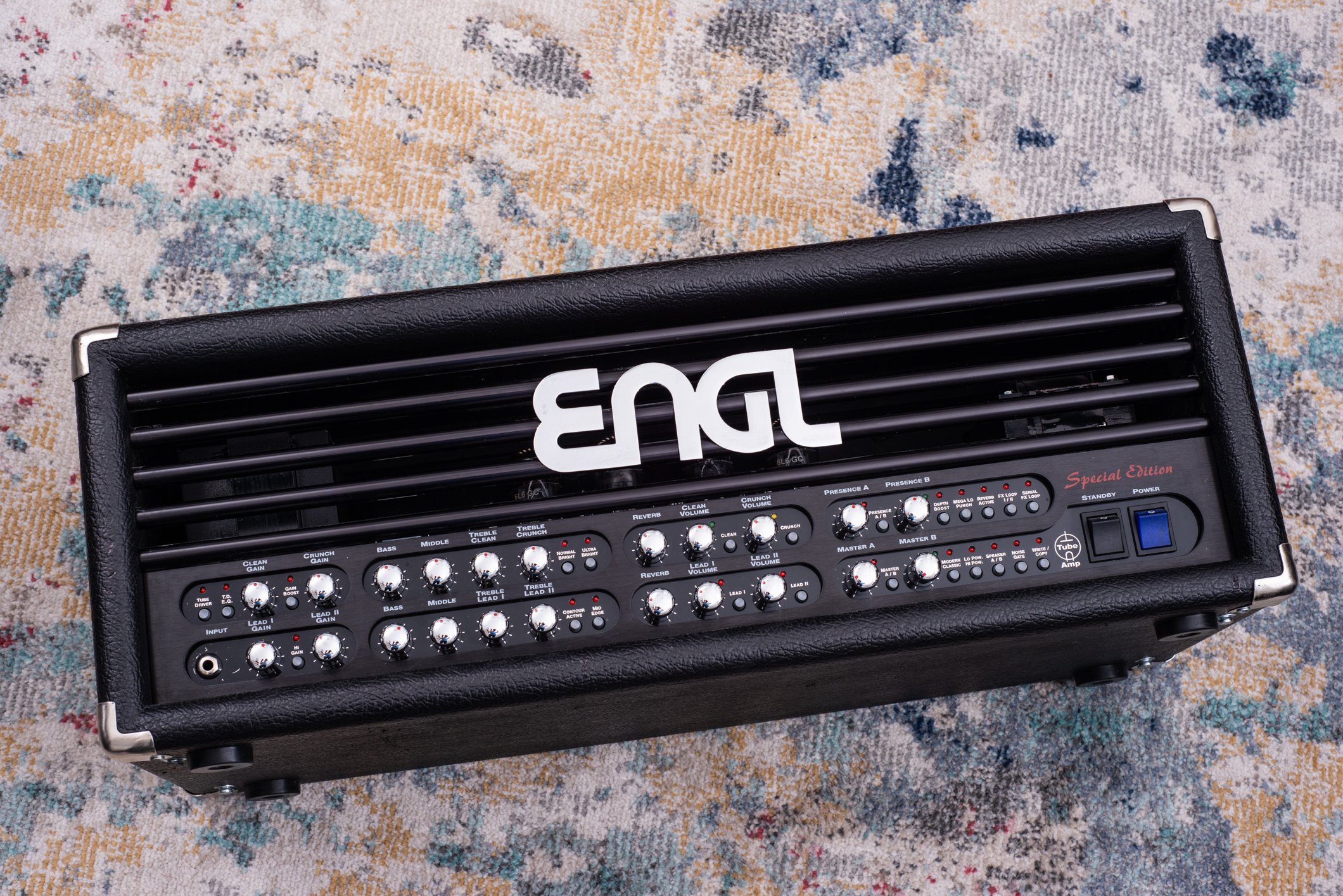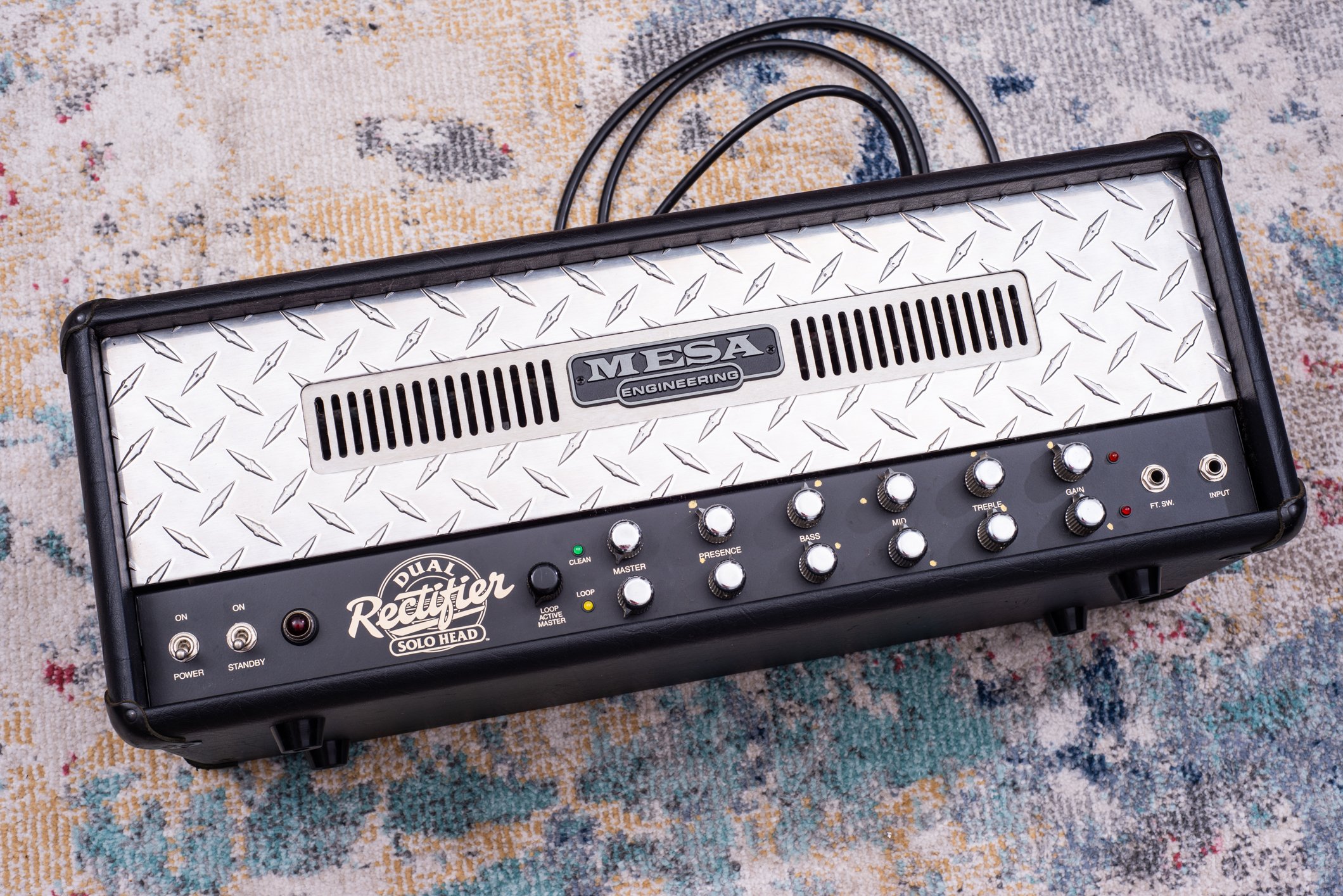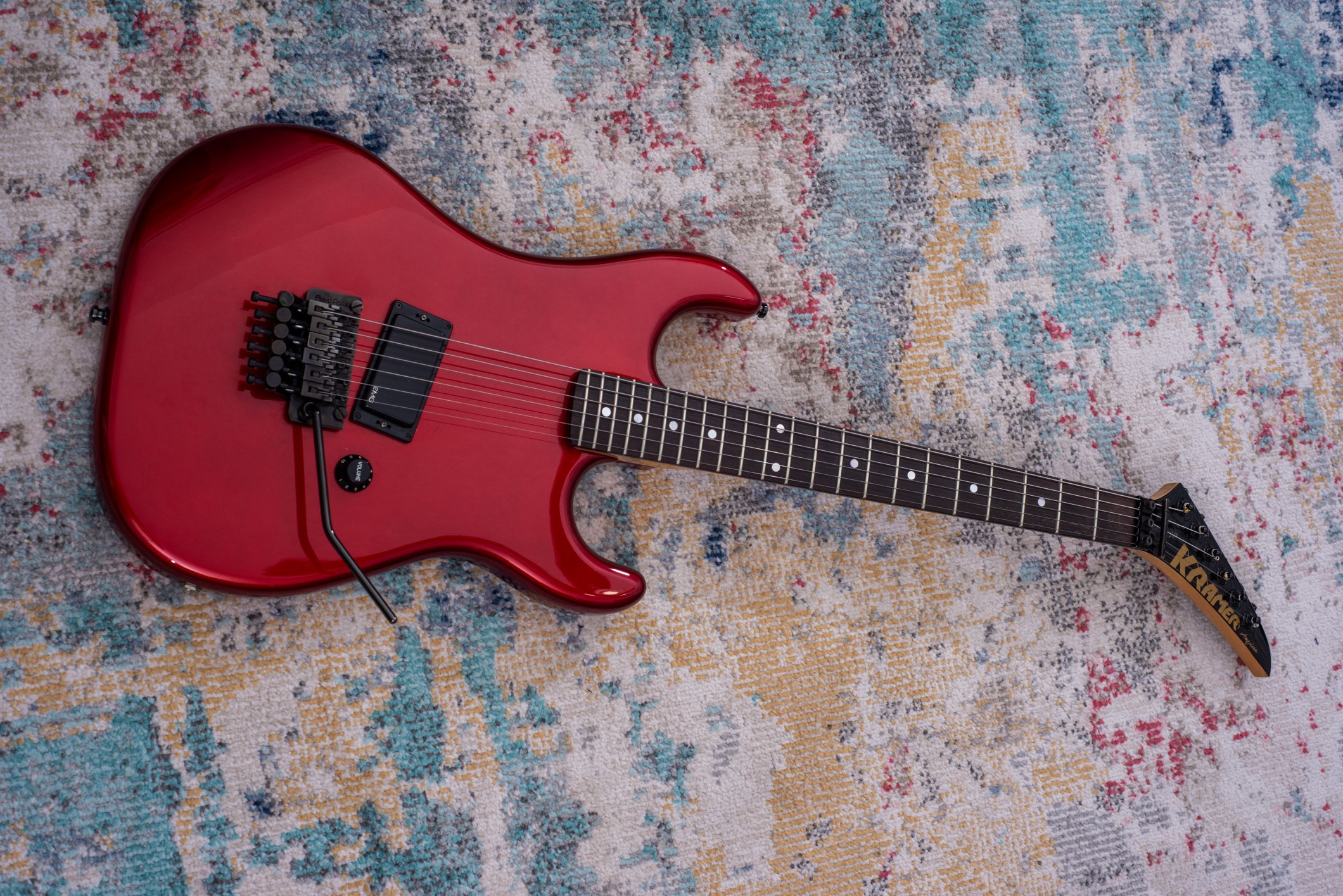In a rare but exciting double whammy day, I picked up a new amp and a new guitar today.
First, the guitar - it’s a 1982 Kramer Pacer Imperial. Exciting, but I already have quite a few, but this one is unique. This is a very cool color, “melaga purple.” These aren’t too common and it’s a color I’ve had my eye out for a long time, so when a friend posted this for sale on facebook, I immediately sent a message saying I’d take it. I had it paid and he shipped within a few hours, and I got it before the end of the week - awesome.
Pictured in its original hard shell case.
This paint is very interesting. There is a tiny crack in the finish by the floyd post that reveals a red undercoat, but the top is a very soft, pastel purple. However, this purple fades away with time - I’ve seen quite a few faded nearly all the way. Luckily this one is still mainly purple, but you can see a handful of spots where it has worn, either from sunlight or handling, to a sky blue color. This is certainly one that will get the “white glove treatment” here - no hanging on the wall, no leaving it out on the stand by the window, no putting it away wet or dirty. I want to preserve that finish as long as reasonably possible, because it’s not exactly a color you could get in a refinish.
The fade to blue is very visible here, with a few marks on the face of the body as well as on the forearm contour.
More photos here: 1982 Kramer Pacer Imperial Melaga Purple
Next is the amp, a 1997, Bruce Zinky designed Fender Prosonic. This amp came about around the same time as the Tone-Master head (released 1994), predating the current Super-Sonic which seems to follow a similar lineage (released 2010). Like those amps, the Prosonic has a two-channel layout unique for most Fenders, pairing a clean channel with an overdrive channel. To be specific, the Prosonic first came out in 1996.
I find the clean channel to be excellent, although it is extremely loud - louder than I expected from a 60w amp. It’s not that it gets louder than other amps of the same power, but the volume is all there from basically “1” up on the knob, so it’s a bit difficult to tame for lower volumes - although a volume box in the effects loop solves that easily. The clean channel only uses the volume, treble, bass, and middle controls, so it’s very simple and classic Fender, just with the addition of the mids control in the EQ.
The overdrive channel is really hard to understate, and I am absolutely blown away after my first sitting with this amp. I expected something much more tame, lower gain, less aggressive. I’d argue this amp’s gain channel is better for metal or heavier rock than even the modern Super-Sonic amp, it’s voiced to be much more open, and the EQ just works wonderfully. While on the overdrive channel, the master volume helps control the output although it’s still a loud amp, and in addition to the 3-band EQ, there are two gain controls.
Somewhat uniquely, you can set the Gain 2 control to zero and the amp still sounds fantastic - most amps with two gain controls, if you set the second one to zero the amp makes no sound (such as the Marshall SLX, or Ceriatone Yeti/Chupa/KingKong). Dialing up the Gain 2 control adds more compression and thickness in the low notes, making the amp feel looser and squishier, but not adding a lot more in terms of gain or attack. Gain 1 is downright aggressive by only “3” on the knob, and into metal territory by 7 or 8 - even without a boost. I think this amp would catch a lot of people off guard. Dial up the amount of looseness or sag you want with the Gain 2 for solos and you have an extremely versatile amp. If I had a complaint at all, it’s that I’d like a little more taper on the Gain 1 control, so I could dial in a more tame crunch tone instead of trying to find that sweet spot between 1-3 where it hits that more classic soft crunch tone - but those tones are definitely in there, just have to make tiny adjustments to that control.
Speaking of feel, this amp also has a switchable tube rectifier, a GZ34 type that actually is attached to a 3-way rotary switch on the rear panel. It can select a solid state rectifier with the power amp in push-pull class AB, the tube rectifier in AB, or even the tube rectifier in “class A” mode, which is simply a cathode bias configuration (like a Vox AC30 or Orange Rocker 30). Class A mode makes the amp a hair louder, at least at middle volume settings, and a little punchier to my ear - I really like it. The trade off is that the noise floor is a bit higher on that setting, but still very usable.
In terms of other features, it has a 1/4 jack for a 1-button footswitch, which allows you to switch between the clean and drive channels on the fly. The combo version of the amp has a built in spring reverb tank, so a 2-button footswitch can be used on that model to turn on/off the reverb. I do wish the head version had the reverb tank, I’m a big fan of built-in spring reverbs. It also has a simple series effects loop that does its job perfectly well. There is no presence or depth control, but the EQ seems to perfectly balanced it doesn’t feel like a big loss. Even setting a nice scooped clean tone still sounds great on the drive channel without getting too anemic.
I expected to like this amp, but I’m really shocked at how much I like it. At some point I’d like to pick up a Tone-Master head and do a comparison between all three of these similar Fender amps, and see which one really speaks to me.
More photos here: 1997 Fender Prosonic

